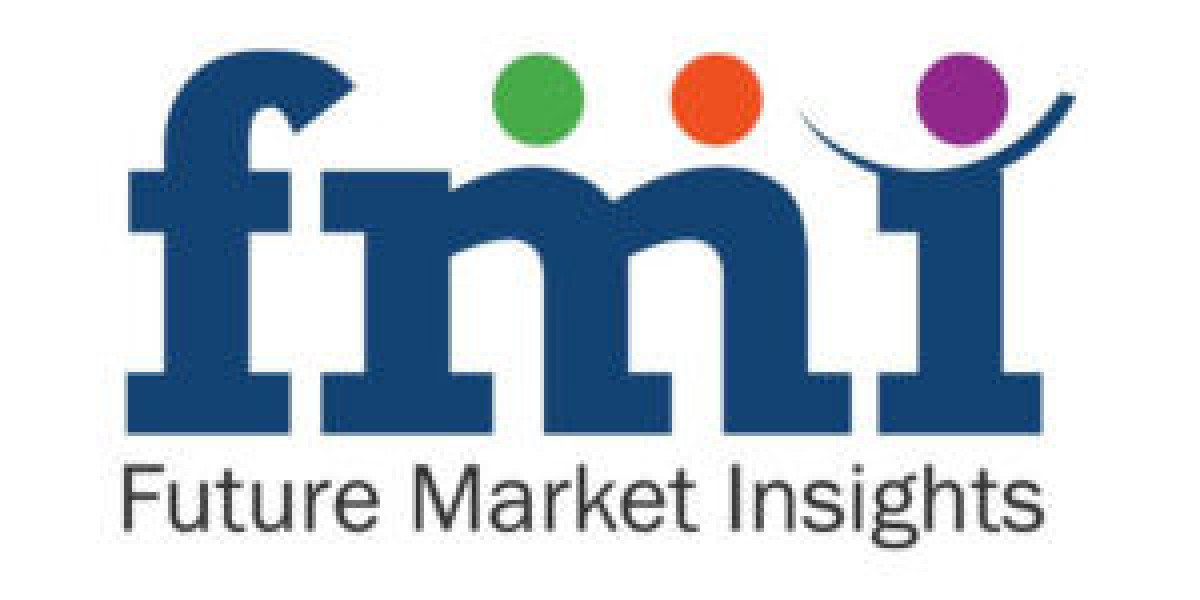The global plant-based milk industry is entering a decade of accelerated growth, with market value projected to climb from USD 21.9 billion in 2025 to USD 52.3 billion by 2035. This growth will reflect a solid 9.1% CAGR, driven by rising lactose intolerance levels, evolving dietary choices, and a global push toward climate-conscious food consumption.
Sustainability remains a core market accelerator. A 2024 critical review published in the Journal of Cleaner Production found that plant-based milks use 79% less land and produce 67% fewer CO₂-equivalent emissions than dairy milk—reinforcing their lower environmental footprint (ScienceDirect). Recent Oxford research further highlights raw material trade-offs, spotlighting almond milk’s high water requirements versus oat milk’s processing impacts. These findings are driving brands to not only diversify sourcing but also disclose farm-level life-cycle data, as reported by The Times.
Explore trends before investing – request a sample report today! https://www.futuremarketinsights.com/reports/sample/rep-gb-13818
Innovation continues to reshape product quality and performance. Manufacturers are now developing next-generation formulations based on protein-fortified pea, faba-bean, and precision-fermented oat bases. These new blends close amino acid gaps and mimic dairy’s functional “stretch and froth,” making them increasingly preferred by foodservice chains. Fortification with micronutrients such as calcium, vitamin D, and B-complex vitamins has become standard, addressing nutritional parity concerns raised in a 2025 International Journal of Food Sciences meta-analysis.
Shelf-stable beverages are gaining share as e-commerce expands and cold-chain costs decline. Aseptic packaging demand is rising sharply, and co-packers report double-digit growth in orders for recyclable multilayer cartons and mono-polypropylene pouches in response to stricter extended-producer responsibility rules.
Regional Growth Outlook
North America continues to lead in market value due to mature penetration and aggressive product positioning from major players such as Danone, SunOpta, and Califia Farms. Europe’s growth trajectory is supported by strong carbon-regulation frameworks and animal-welfare policies. Meanwhile, Asia-Pacific is emerging as the most dynamic volume market, propelled by China’s Gen-Z adopters and India’s majority lactose-intolerant population. Reflecting this momentum, Nestlé expanded its pea- and oat-based beverage facility in Tianjin in 2024, while Tata Consumer Products introduced millet-based milk offerings tailored for Indian breakfast occasions.
Investor confidence remains robust. According to Just Food, Oatly CEO Toni Petersson stated, “Plant-based is very sticky. This is not about demand—it’s about how fast you can recruit new consumers.” His sentiment reflects a booming capital stream, with over USD 600 million invested in alt-dairy start-ups in 2024, funding capacity expansion, ingredient optimization, and sensory-enhancement R&D.
Consumer Behavior and Global Usage Patterns
Plant-based milk consumption is diversifying across regions and usage occasions. Sweden and the Netherlands exhibit the highest household intake, dominated by oat-almond blends. In the United States, single-serve packaging remains popular, with consumption strongest in Los Angeles, Austin, and Seattle. In India, the market is driven by soy- and rice-based variants distributed via local co-operatives and online food commerce. Functional beverage chains in Singapore and Taiwan integrate plant-based milk consistently, while the UAE and Qatar import almond blends for institutional channels. Mexico continues to post modest growth via convenience retail.
Distribution and Packaging Trends
The market operates with dual-mode logistics, combining chilled and ambient storage. Premium grocers worldwide rely on refrigerated inventories for ready-to-drink SKUs, while UHT variants thrive in shelf-stable formats across middle-income regions. E-commerce channels in Japan, India, and the U.S. increasingly utilize insulated shipping containers to maintain quality standards.
Market Share Leadership by Product and Form
Soy milk remains the most widely consumed plant-based milk globally, accounting for 38% of total category value, supported by its strong protein profile, allergen-friendly nature, and broad retail acceptance. Liquid formats dominate over powdered alternatives, holding 63% market share, due to ease of use, immediate consumption convenience, and strong visibility in supermarkets and convenience retail.
Key Growth Drivers
- Rising adoption of vegan and flexitarian diets
- Increasing prevalence of lactose intolerance and gut-health concerns
- Expanding functional beverage category powered by nutrition-focused consumers
- Strong R&D emphasis on protein parity and dairy-like performance
Competitive Landscape
The global landscape remains fragmented yet innovation-driven. Tier-1 manufacturers command 70% of global production capacity through expansive portfolios and multinational distribution, while mid-size Tier-2 brands influence select regions. Tier-3 players serve niche local markets with customized offerings. Companies prioritize product launches, mergers, acquisitions, and R&D investments to increase competitiveness and reduce formulation costs.
Leading manufacturers include: Groupe Danone, Blue Diamond Growers, Alpina Foods, Döhler GmbH, Elden Foods Inc., Earth’s Own Food Company Inc., Freedom Foods Group Ltd., Goya Foods, Hain Celestial Group, Living Harvest Foods, Natura Foods, Kaslink Foods, Liwayway Holdings Company Limited, and McCormick & Co.
Information Source: https://www.futuremarketinsights.com/reports/plant-based-milk-market








